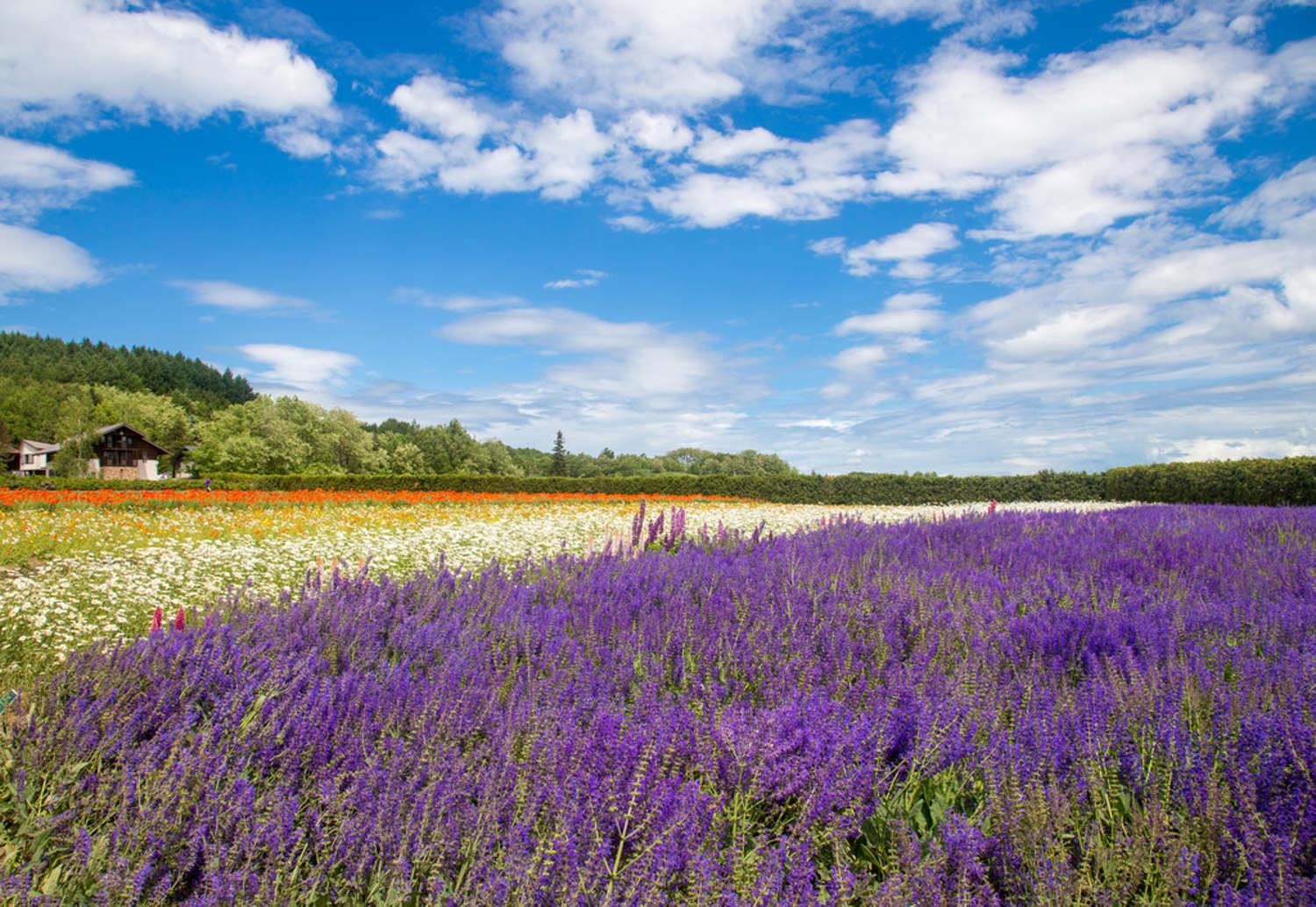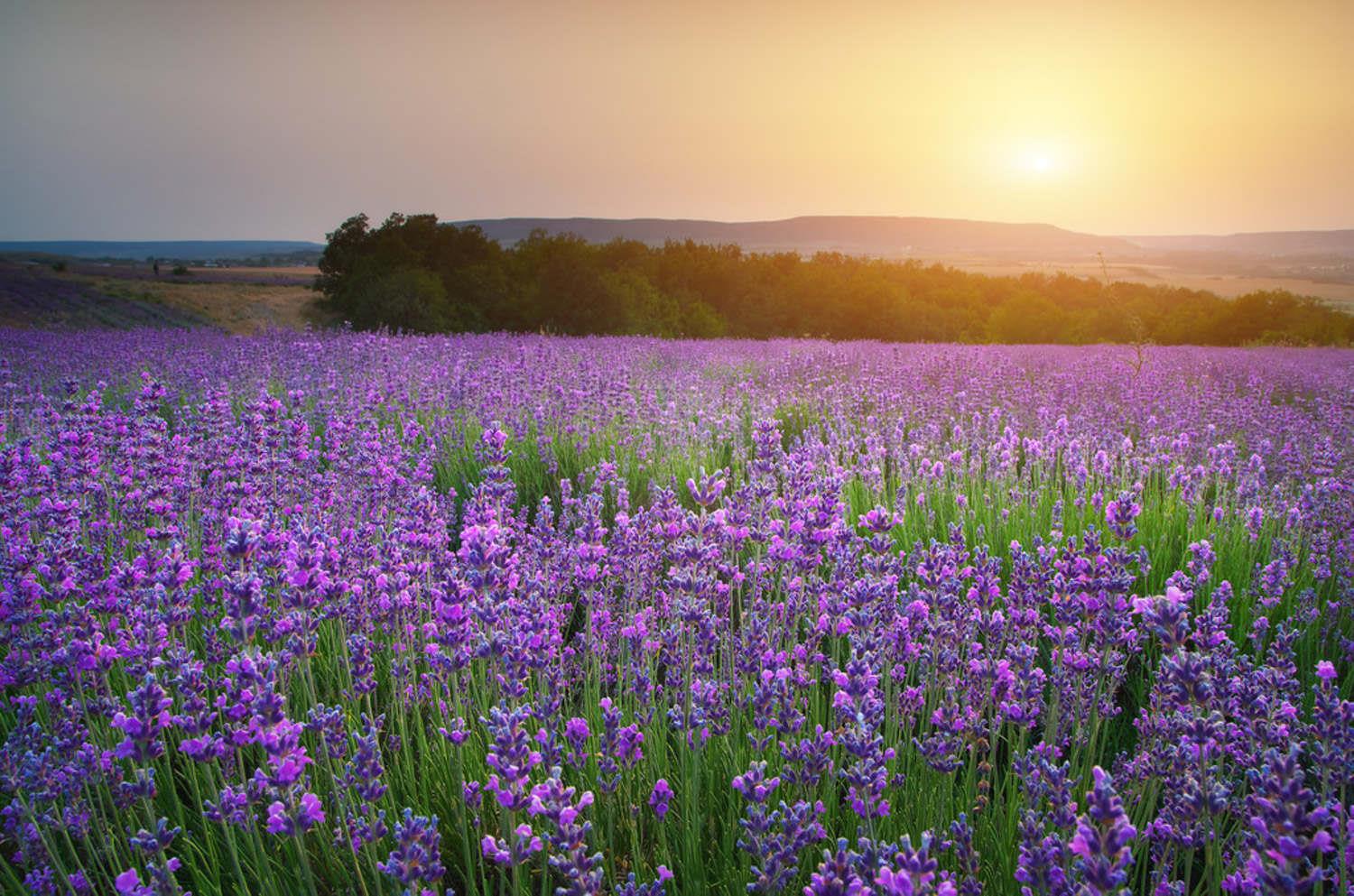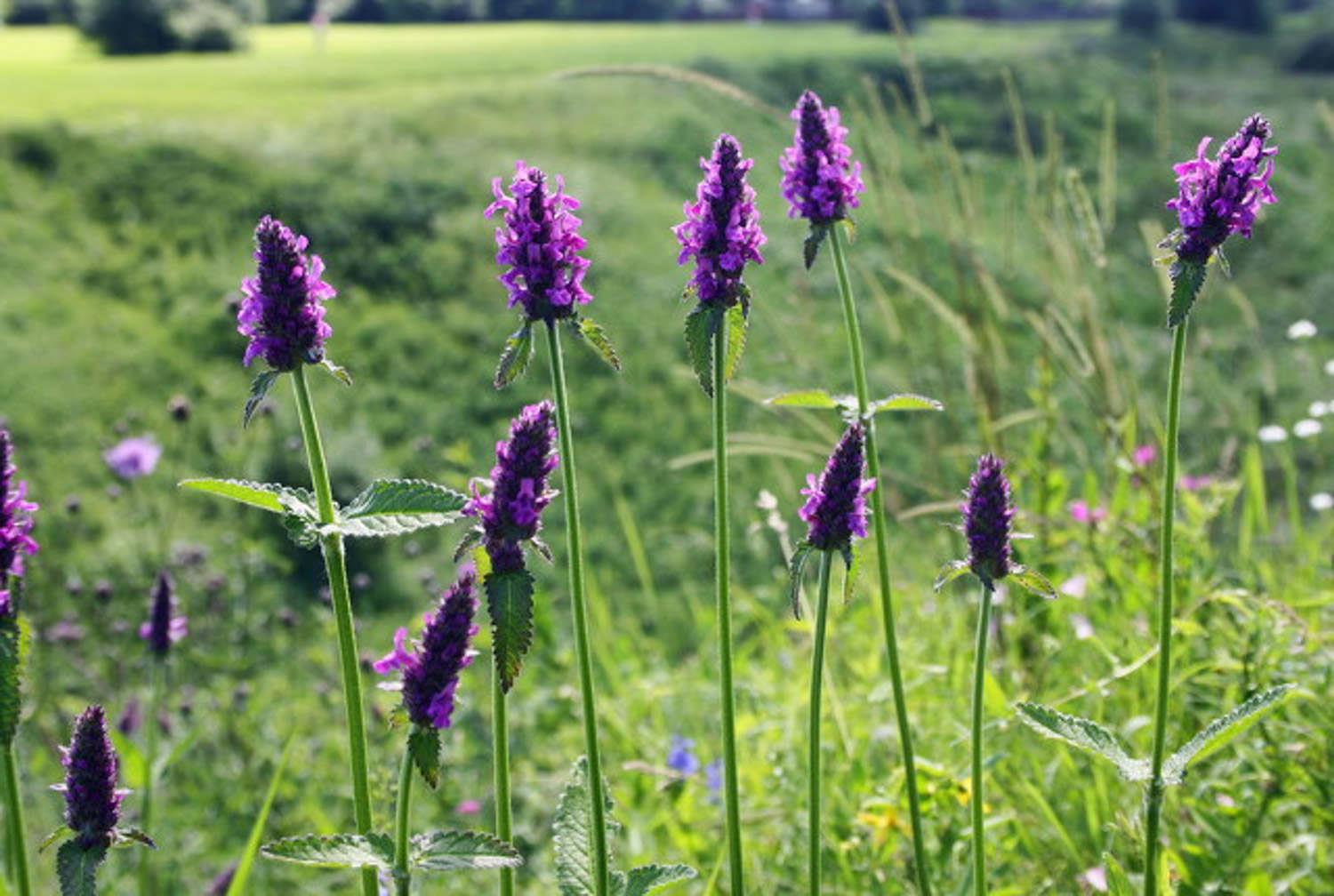How to breed lavender
Last Update :2024.11.10
Article Catalog
Environmental conditions for lavender growth
The selection and propagation of lavender is particularly important. If lavender is extensively cultivated under suitable environmental conditions, the flowers grown will be colorful and full of vitality.

Environmental conditions for lavender growth
Environmental conditions for the growth of lavender
Soil
Lavender likes to be loose and fertile. Soil rich in humus, with a pH value of 7-8.5 is most suitable. Lavender likes a sunny, cool and well-ventilated environment, and avoids heat and humidity.

Temperature
15~25℃ , can grow at 5-30℃. Growth stops above 35°C, and the top stems and leaves turn yellow when the temperature is higher than 38-40°C for a long time. In northern winter, dormancy begins when the temperature is below 0℃ for a long time. During dormancy, mature seedlings can withstand low temperatures of -20~-25℃.

How to select and propagate lavender
1. Lavender is cross-pollinated and has many varieties. Currently, there are 28 species in total. ,
2. Lavender can be sown, cutted, and layered. Split-root propagation is generally based on sowing and cuttings.
3. Lavender is sown and propagated. The regular sowing period is March-June or September-October. Lavender seeds are small and have a long dormancy period. The seeds should be soaked for 12 hours before sowing, and then soaked with 20-50mg/kg gibberellin for 2 hours before sowing.
4. Pay attention to spraying water during the seedling stage. When the seedlings are too dense, you can thin them appropriately and pot them when the seedlings are about 10cm high.
5. Select a well-developed and well-developed mother plant, cut off annual semi-lignified branches with substantial tissue and without heading from the mother plant, remove the top, 5 to 6cm long, and add water for 2 hours. Then insert it into the prepared culture soil to a depth of 1 to 2cm, and water it thoroughly after inserting.
6. Pay attention to using a sunshade net with a light transmittance of more than 80% for shading, and always keep the pot soil moist. Roots will appear in about 2 to 3 weeks after transplanting. Use a light transmittance of 50% after rooting. Use a shading net to shade until cool in autumn, and pot it one month after transplanting.

How to breed lavender
- END -
What does Euphorbia Pavilion Brocade look like?

Euphorbia pachysandra is a tree-like plant that can grow to a height of 10m if gr...
Black-skinned and yellow-skinned fruit varieties and characteristics

1. Family and genus: Black-skinned and yellow-skinned fruit is a plant of the Ruta...